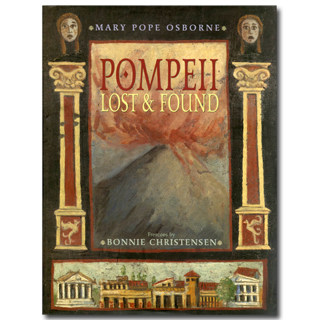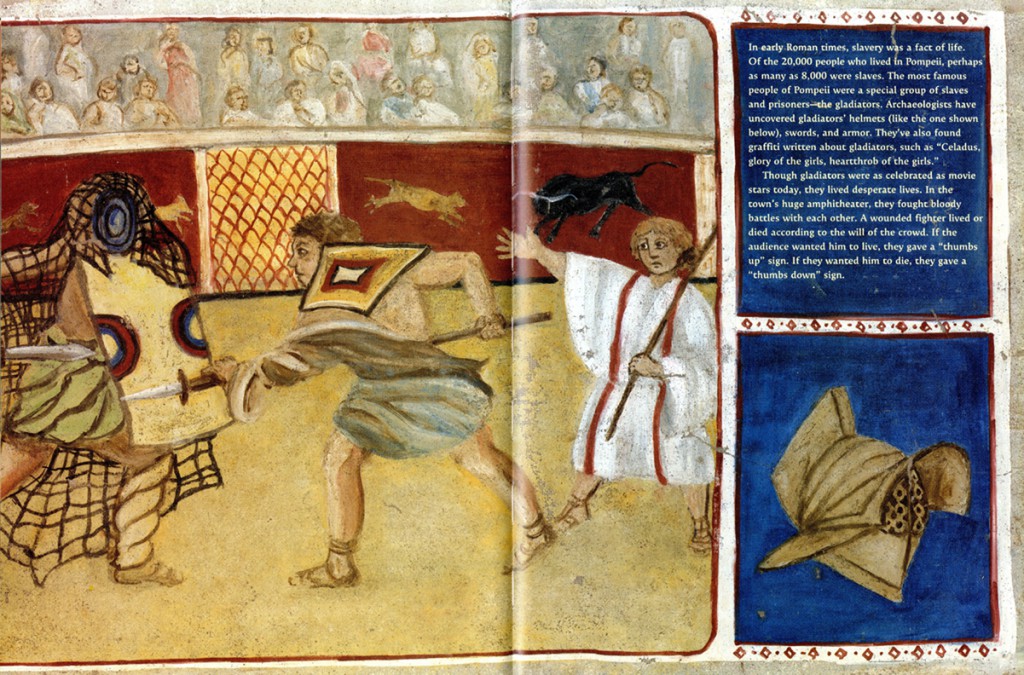
A FEW OTHER EVENTS FOR
AUGUST 24:
- Happy birthday Dean Hughes (Soldier Boys) and Orson Scott Card (Ender’s Game).
- In 1456, printing of the Gutenberg Bible is completed. Read Johann Gutenberg and the Amazing Printing Press by Bruce Koscielniak.
- Alaska becomes a United States territory in 1912. Read Under Alaska’s Midnight Sun by Deb Vanasse, illustrated by Jeremiah Trammell, and Looking for Alaska by John Green.
- In 1932, Amelia Earhart becomes the first woman to fly across the United States nonstop (from Los Angeles to Newark, New Jersey.) Read A Picture Book of Amelia Earhart by David A. Adler, illustrated by Jeff Fisher.
- It’s Pluto Demoted Day, because in 2006 the International Astronomical Union (IAU) redefined the term planet such that Pluto is no longer considered one. Read Pluto: From Planet to Dwarf by Elaine Landau, When is a Planet Not a Planet? By Elaine Scott, and The Planet Hunter: The Story Behind What Happened to Pluto by Elizabeth Rusch, illustrated by Guy Francis.
- It’s also National Waffle Day. Read Everything On A Waffle by Polly Horvath.
On this day in 79 A.D. an active volcano in southern Italy, Mount Vesuvius, erupted and destroyed the Roman cities of Pompeii and Herculaneum. Escaping the disaster, Pliny the Younger wrote:  “[B]lack and horrible clouds, broken by sinuous shapes of flaming winds, were opening with long tongues of fire.” What a stylist! Modern authors can rarely do better.
For so many years, nonfiction titles for children were predictably boring, offering photos, facts, and little else. Although picture books for children might contain enticing art, nonfiction books looked prosaic. But the last 20 years have dramatically reversed that trend. Our book of the day, Mary Pope Osborne’s Pompeii: Lost and Found, illustrated by Bonnie Christensen, shows how superb artwork can make nonfiction completely enjoyable for readers.
In a very clear text, Mary Pope Osborne provides the historical background of the events almost two thousand years ago. For eighteen hours poisonous gasses filled the air and hot ash poured down on the city, completely burying it. Not until 1763 did archaeologists identify Pompeii, and since then two-thirds of the village has been uncovered. Osborn provides young readers with information about the town that has been gleaned from artifacts and engages them in speculation about various objects located in the ruins. She encourages young readers to put themselves in the place of the archaeologists themselves.
The Romans were masters of creating frescoes and used these lush paintings on walls or panels to decorate Pompeii. So Bonnie Christensen also learned how to create frescoes and designed one for every part of this book: the endpapers, the jacket, and each large double-spread page. Her attention and dedication not only made it possible to depict everything discussed in the text, but also allowed her to create a book completely authentic in feeling and tone. So magnificent are these spreads that you actually feel as if you are standing in a Roman garden or viewing a gladiatorial contest. All parts of this once-vibrant city—the public baths, the theatre, the children playing, even the election posters—have been believably re-created. Not only do you learn about Pompeii in this book, you also feel that you are truly walking its street, getting to know its citizens.
An excellent video showing Bonnie Christensen preparing frescoes extends the book which can be used to teach both Roman history and art history. I am just so grateful that artists with Bonnie’s talent have turned their hand to illustrating informational texts for the young. Not only do children benefit—so do the adults who read with them.
Here’s a spread from Pompeii Lost and Found:
In early Roman times, slavery was a fact of life. Of the 20,000 people who lived in Pompeii, perhaps as many as 8,000 were slaves. The most famous people of Pompeii were a special group of slaves and prisoners—the gladiators. Archaeologists have uncovered gladiators’ helmets (like the one shown below), swords, and armor. They’ve also found graffiti written about gladiators, such as “Celadus, glory of the girls, heartthrob of the girls.”
Though gladiators were as celebrated as movie stars today, they lived desperate lives. In the town’s huge amphitheater, they fought bloody battles with each other. A wounded fighter lived or died according to the will of the crowd. If the audience wanted him to live, they gave a “thumbs up” sign. If they wanted him to die, they gave a “thumbs down” sign.
Originally posted August 24, 2011. Updated for .













